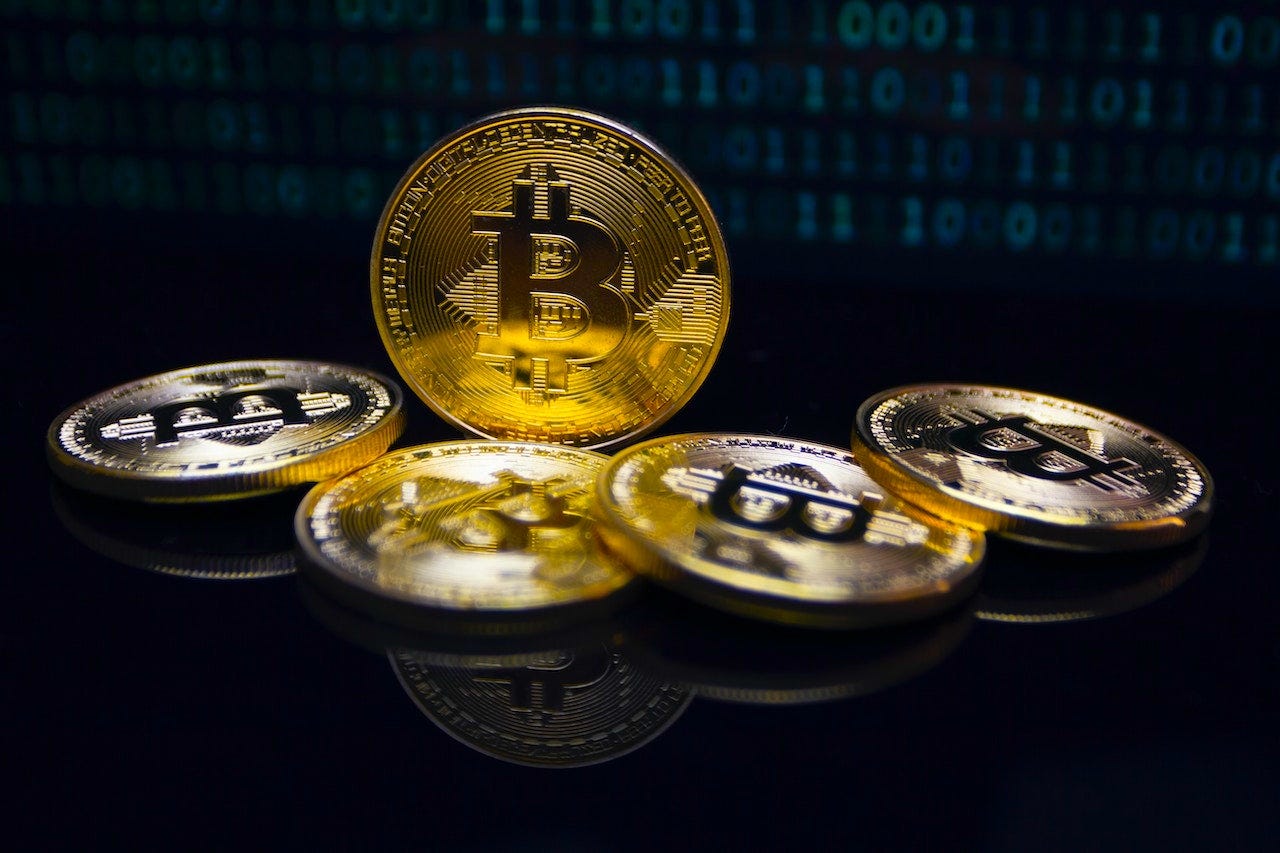How I've been thinking about cryptocurrencies 🤔
Plus a review of the macro crosscurrents 🔀
Stocks rallied last week, with the S&P 500 surging 5.9%. The index is now up 11.6% from its October 12 closing low of 3,577.03 and down 16.8% from its January 3 closing high of 4,796.56.
A big driver of the recent market move was Thursday’s cooler than expected consumer price index (CPI) report, which was followed by one of the biggest single-day…



